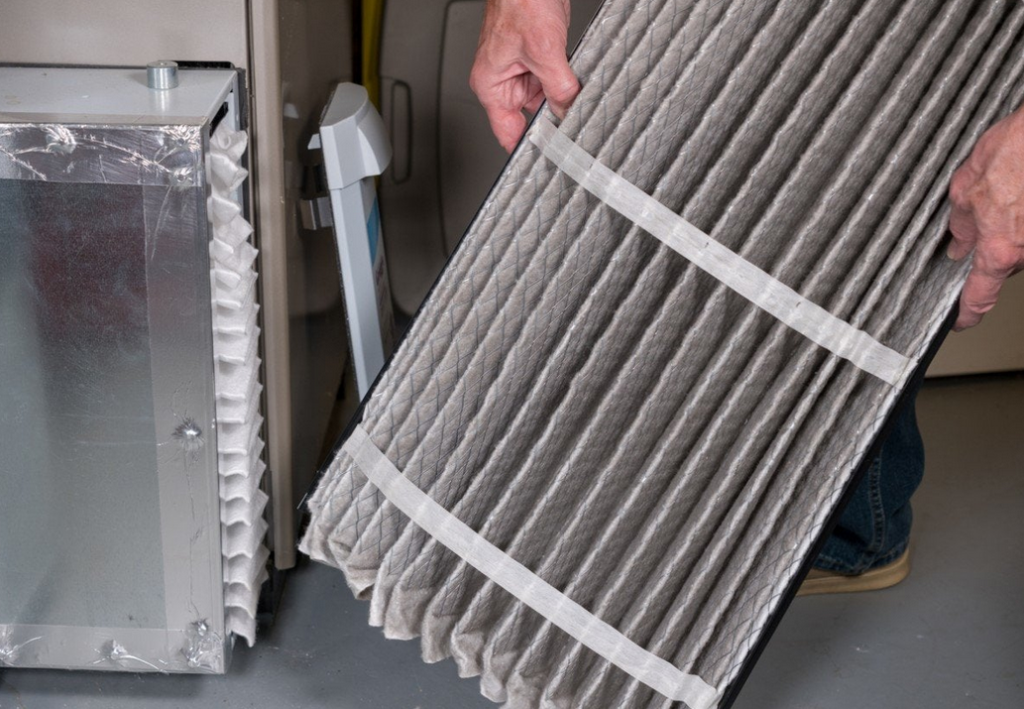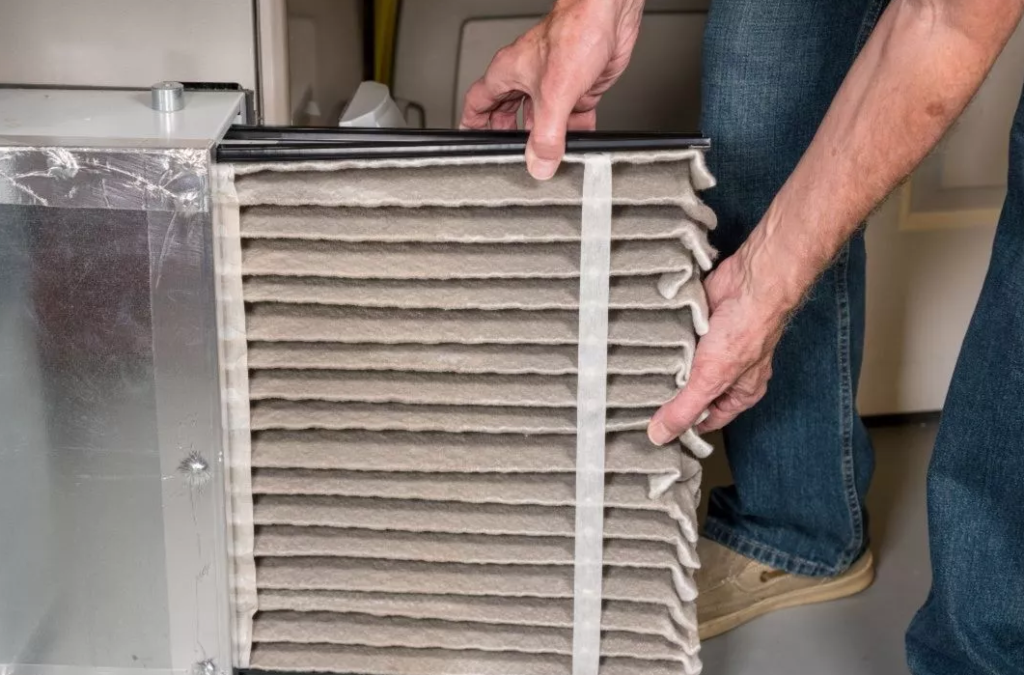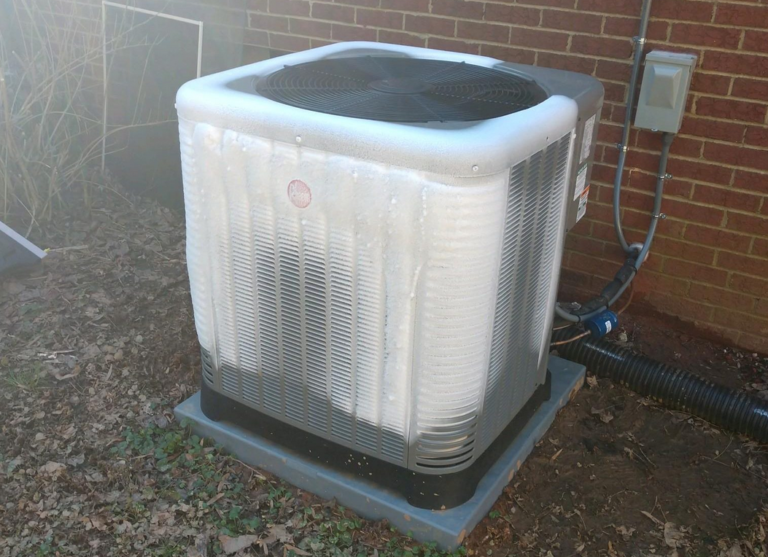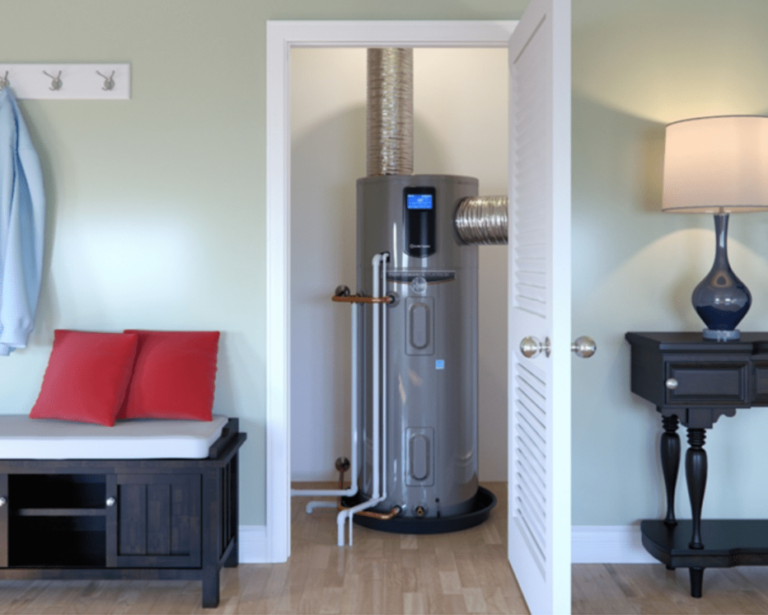How Often Do You Change The Furnace Filter? 5 Things to Know
A furnace filter is an important part of your home’s HVAC system. It helps to remove airborne particles from the air, making it healthier for you and your family to breathe. A clean furnace filter also helps your furnace to run more efficiently, saving you money on your energy bills.
How Often should you Change the Furnace Filter

In general, it’s a good idea to change your furnace filter at least once every 90 days (three month).
But let’s dive deeper into the topic.
There are several factors that come into play when determining how often to change your furnace filter. Here are five of the most important ones:
1. The Type of Filter You Use
There are many different types of furnace filters on the market, and they’re not all created equal. Some are more efficient than others, and some need to be changed more frequently.
For example, cheaper fiberglass filters should be changed every 30 days, while higher-quality pleated filters can last up to 90 days. If you’re unsure about which type of filter to use in your furnace, talk to a professional HVAC technician. They can help you choose the best option for your specific system.
Related post: 4 Benefits of Reusable Air Filters for Home
2. The Size of Your Furnace
The size of your furnace also plays a role in how often you need to change your filter. Larger furnaces will move more air through the system, which means they’ll collect more dust and debris.
As a result, they’ll require more frequent filter changes. On the other hand, smaller furnaces won’t need to have their filters changed as often.
3. The Efficiency of Your Furnace
The efficiency of your furnace also makes a difference.
If you have a high-efficiency furnace, you may not need to change your furnace filter as often as someone with a standard furnace. The efficiency of your furnace will play a role in how often the filter needs to be changed.
A standard furnace has an annual fuel utilization efficiency (AFUE) rating of 75%. This means that for every $1 you spend on heating, 75% of it goes towards actually heating your home. The remaining 25% is lost through combustion and heat loss up the chimney.
A high-efficiency furnace has an AFUE rating of 90% or higher. This means that for every $1 you spend on heating, 90% of it goes towards actually heating your home. The remaining 10% is lost through combustion and heat loss up the chimney.
So, if you have a standard furnace, you’re losing 25% of your heat through the furnace itself. This means that your furnace has to work harder to heat your home, and as a result, your furnace filter will get dirtier quicker.
If you have a high-efficiency furnace, you’re only losing 10% of your heat through the furnace itself. This means that your furnace doesn’t have to work as hard to heat your home, and as a result, your furnace filter will stay cleaner for longer.
4. How Much You Use Your Furnace
If you use your furnace regularly, it’s going to get dirty faster and will require more frequent filter changes. Conversely, if you only use your furnace occasionally, it won’t get as dirty and won’t need to have its filter changed as often.
5. The Quality of Your Air
Finally, the quality of your air plays a role in how often you need to change your furnace filter.
If you live in an area with a lot of dust or pollen in the air, your filter is going to get dirty quicker and will need to be changed more frequently.
On the other hand, if you live in an area with cleaner air, your filter won’t get dirty as quickly and won’t need to be changed as often.
So, how often should you change your furnace filter? It depends on all of these factors.
If you use your furnace regularly and live in an area with lots of dust and pollen in the air, you may need to change your filter every 30 days.
However, if you use your furnace less frequently and live in an area with cleaner air, you could go up to 90 days between changes.
Ultimately, it’s best to check your furnace filter monthly and change it when it starts to look dirty. By changing it regularly, you can ensure that your furnace is running efficiently and that your air quality is good.
How Often Should I Check the Furnace Filter?

Most furnace filters should be checked at least once a month. But if you have a high-efficiency furnace, you may need to check it more often. Some people like to check their furnace filter every week.
If your furnace filter gets clogged, it can cause your furnace to overheat and shut off. A clogged filter can also make your furnace work harder, which will increase your energy bills.
So how do you know when it’s time to check the furnace filter? One way is to look at it. If it looks dirty, it probably needs to be replaced. Another way is to hold a piece of white paper up to the filter. If the paper turns gray, it’s time to replace the filter.
How to tell if it’s time to change your furnace filter
There are a few signs:
Your furnace is running all the time:
If your furnace seems like it’s running all the time, even when it’s not that cold outside, it could be because the furnace filter is dirty and clogged. When the filter is clogged, the air can’t flow through as easily, so the furnace has to work harder to circulate the air.
Your energy bills are high:
If you’ve noticed that your energy bills are higher than usual, it could be because your furnace is working overtime due to a dirty filter. As we mentioned above, a clogged furnace filter makes the furnace work harder, which uses more energy and drives up your energy bills.
There’s dust on your furniture:
If you notice an increase in the amount of dust on your furniture, it could be because the dirt and dust from the air are getting past the furnace filter. When the filter is dirty, it doesn’t do as good of a job trapping these particles, so they end up circulating in your home instead.
Your allergies are acting up:
If you or someone in your family has allergies or asthma, a dirty furnace filter can make symptoms worse. That’s because the filter isn’t trapping allergens like it should, so they’re circulating in the air and causing irritation.
Why Changing Furnace Filter Is Important
Here are four reasons why you should frequently change your furnace filter.
Your furnace filter protects your furnace:
A furnace filter protects your furnace by trapping dirt, dust, and other airborne particles that could damage the furnace’s blower motor. Over time, these particles can build up and cause the motor to overheat or even fail.
Your furnace filter protects your air quality:
In addition to protecting your furnace, a clean furnace filter also protects the air quality in your home. By trapping dirt, dust, and other airborne particles, a clean filter prevents them from circulating through your home’s air. This is especially important for people with allergies or asthma, as well as for anyone who wants to breathe cleaner air.
Your furnace filter saves you money:
A dirty furnace filter can cause your furnace to work harder than it needs to. This not only decreases the lifespan of your furnace, but it also increases your energy bills. Replacing a dirty filter with a clean one can save you money on your energy bills each month.
Your furnace filter is easy to change:
Changing your furnace filter is easy to do and only takes a few minutes. Most filters can be changed without even opening up the furnace itself. Simply locate the filter, remove it, and insert the new one. Some filters need to be replaced more often than others, so be sure to check the manufacturer’s recommendations for how often to change yours.
Related post: 8 Reasons Your Furnace Is Blowing Cold Air
How To Change the Furnace Filter
Changing your furnace filter is a simple task that only takes a few minutes. Here’s how to do it:
1. Locate your furnace.
If you have a central heating and cooling system, your furnace is likely located in your basement or garage.
2. Find the access panel.
This is usually located on the side of the furnace. Once you find the access panel, open it up and locate the filter.
3. Remove the old filter.
You may need to use a screwdriver to remove the old filter depending on how it’s attached. Be careful not to damage the filter housing as you remove the old filter.
4. Insert the new filter.
Once the old filter is out, insert the new one into the housing and make sure it’s seated properly.
5. Close the access panel.
Make sure the access panel is closed tightly so that no air can escape from the furnace.






